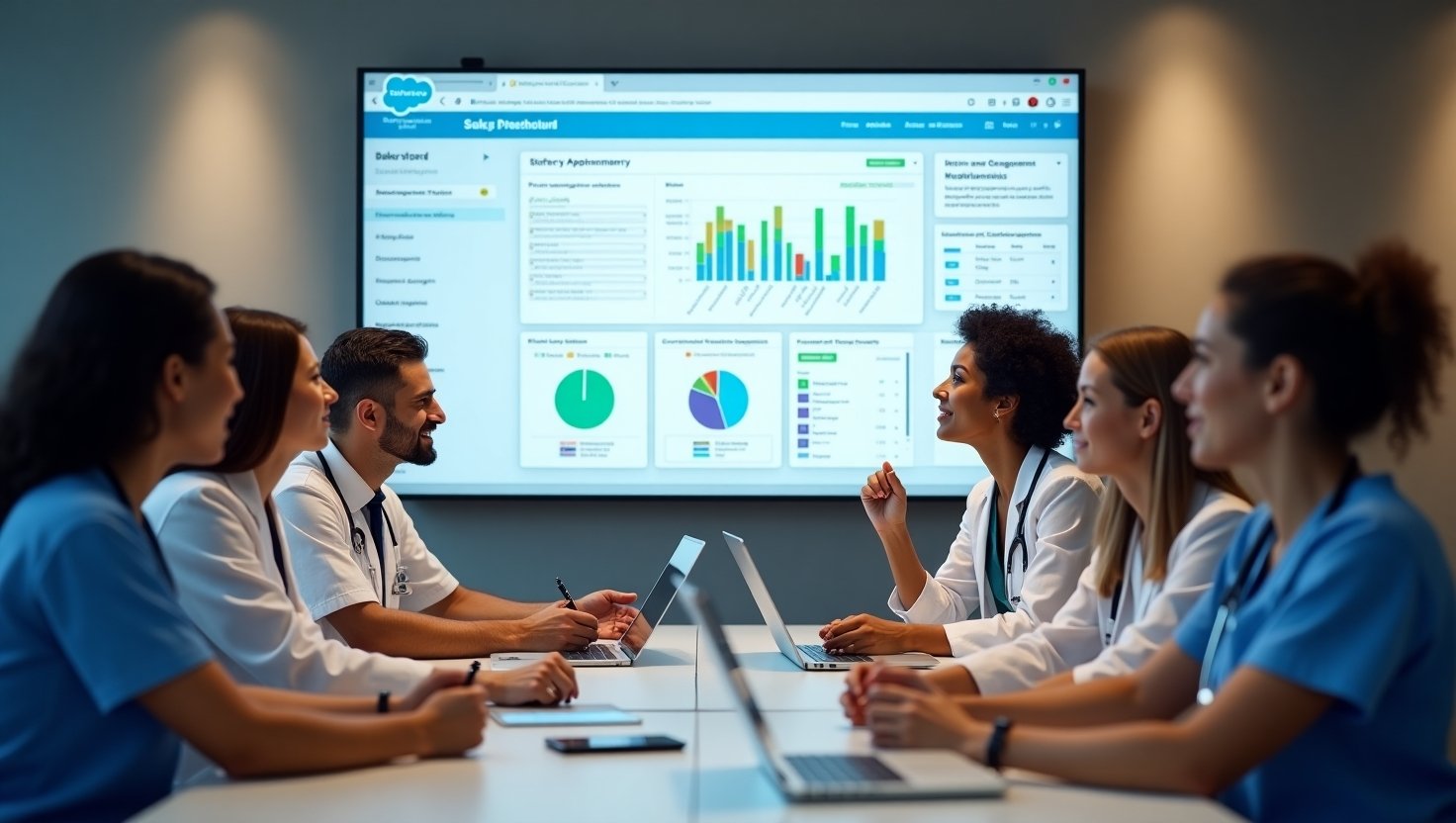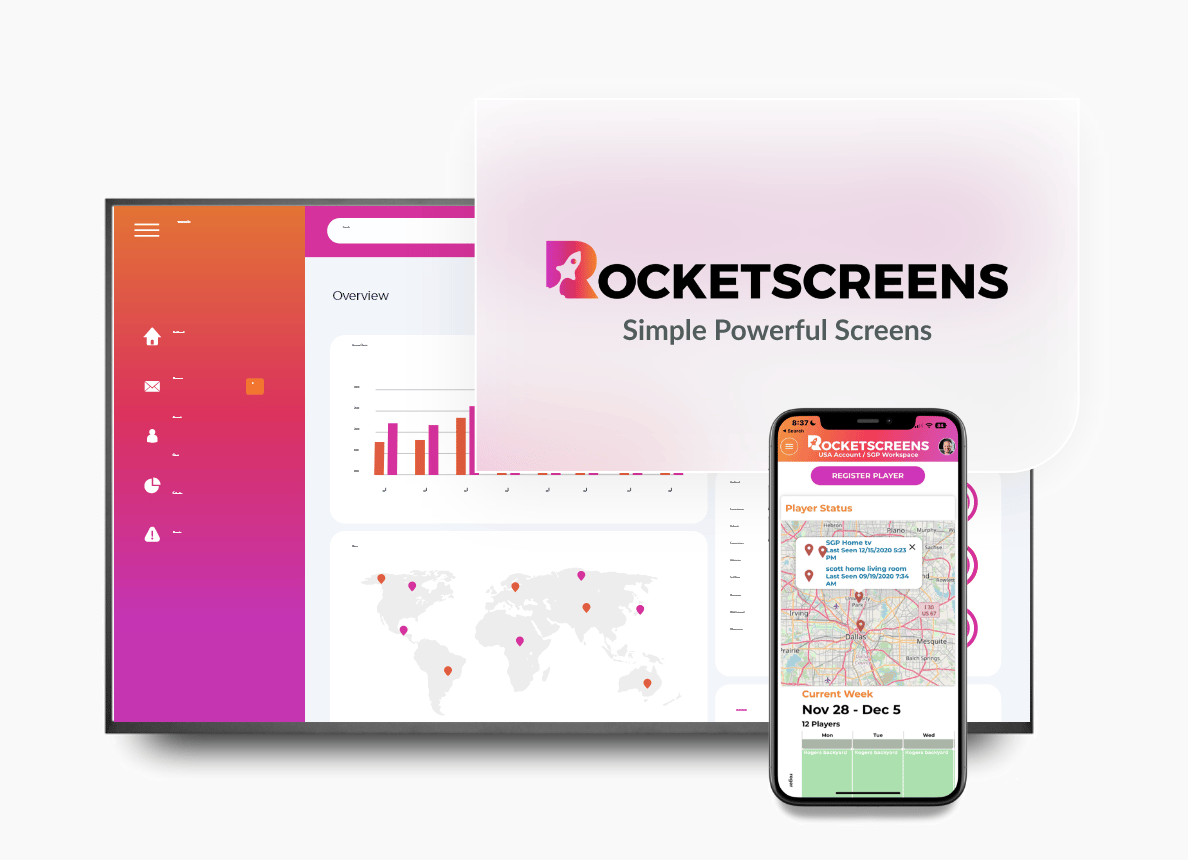
In the complex world of healthcare, information is everything. From patient records and appointment schedules to lab results and physician notes, the sheer volume of data is immense. For decades, this critical information has often been trapped in disconnected systems—electronic health records (EHRs), billing software, and patient portals that don't speak to each other. This fragmentation leads to inefficiencies for staff, disjointed experiences for patients, and barriers to providing truly proactive care.
While many in the industry are familiar with specialized solutions like Salesforce Health Cloud, it's essential to first understand the powerful foundation upon which it is built: the core Salesforce platform. This platform is more than just a single product; it's a flexible, secure, and scalable ecosystem that gives healthcare organizations the tools to build a truly connected and patient-centric operation from the ground up.
This article will explore how the fundamental capabilities of the Salesforce platform can be applied to solve healthcare's biggest challenges. We will look at how its core functionalities can be adapted for patient management and why visualizing this data with a tool like RocketScreens is the key to unlocking its full potential across your entire facility.
The Core Challenge: Breaking Down Healthcare’s Data Silos
Before diving into the solution, it's crucial to appreciate the problem. A typical patient journey involves interactions with multiple departments, specialists, and administrative staff. When the systems supporting these interactions are not connected, the consequences are felt by everyone:
- A Fragmented Patient View: Without a central hub, it's difficult for providers to get a complete picture of a patient's history, preferences, and needs.
- Inefficient Staff Workflows: Employees waste valuable time navigating multiple logins, searching for information, and manually transferring data between systems, increasing the risk of errors and burnout.
- A Disjointed Patient Experience: Patients are forced to repeat information, struggle with uncoordinated appointment scheduling, and receive generic, impersonal communication.
- Barriers to Innovation: Siloed data makes it nearly impossible to gain meaningful insights, identify trends in patient populations, or proactively manage care.
To build a modern healthcare system that is both efficient and empathetic, organizations need a central nervous system, a platform that can unite people, processes, and data.
The Salesforce Platform: A Blueprint for Connection
At its heart, the Salesforce platform provides the core building blocks for managing relationships and data at scale. While often associated with sales and customer service in other industries, these fundamental capabilities are surprisingly relevant to healthcare. The platform is built on a "low-code" philosophy, meaning it can be customized and extended with incredible flexibility to meet specific needs without requiring massive development teams.
The power of the platform lies in its core clouds and functionalities that can be adapted for a healthcare context:
- Sales Cloud for Patient Acquisition and Outreach: Think beyond traditional sales. A clinic can use Sales Cloud to manage physician referrals as "leads," track the patient onboarding process as an "opportunity," and manage relationships with referring hospitals as "accounts." It provides the tools to streamline patient acquisition and ensure a smooth transition into the care system.
- Service Cloud for Patient Support and Engagement: Patient service is the new patient care. Service Cloud can be transformed into a comprehensive patient support center. It allows you to manage patient inquiries from any channel (phone, email, web portal), create a knowledge base of common health questions, and track cases to ensure every patient request is resolved quickly and efficiently.
- Marketing Cloud for Personalized Patient Communication: Generic appointment reminders are a thing of the past. Marketing Cloud allows for the creation of personalized patient journeys. You can send automated, tailored communications for preventative care reminders, pre-operative instructions, post-discharge follow-ups, and wellness tips, all based on a patient's specific condition and history.
Using the core Salesforce platform allows an organization to start with a world-class CRM foundation and mold it to its unique operational workflows.
The Platform's Superpower: Customization and Integration
The true strength of the Salesforce platform is its adaptability. Every healthcare organization is different, with unique processes and existing systems. The platform is designed to be the central hub that connects everything.
- Creating Custom Solutions: Using Salesforce's tools, organizations can build custom applications and objects to track anything. A hospital could create a custom "Bed Management" app to monitor occupancy in real-time or a "Medical Equipment Tracker" to manage the location and maintenance of vital devices. This level of customization ensures the platform conforms to your needs, not the other way around.
- Deep Integration Capabilities: A CRM for healthcare is only as good as its ability to connect with the clinical core, the EHR. The Salesforce platform is built for integration. Using APIs (Application Programming Interfaces), it can securely connect to major EHR systems like Epic and Cerner. This allows for the flow of critical clinical data into the CRM, creating that coveted 360-degree view of the patient by combining clinical history with communication and engagement data.
This ability to build a bespoke system that integrates with existing infrastructure is what makes the platform approach so powerful for innovation-focused healthcare providers.
The Customization Conundrum: Platform vs. Pre-built Application
While the flexibility of the core platform is a major advantage, it also comes with considerations. Customizing the Salesforce platform to function as a full-fledged healthcare management system requires expertise, time, and resources. Organizations must carefully design their data architecture, build custom workflows, and ensure every modification adheres to strict HIPAA security and privacy standards.
This is precisely why Salesforce created Health Cloud, a pre-built application that takes the core platform and comes with healthcare-specific data models, workflows, and compliance features already configured. For many organizations, Health Cloud is the faster, more direct path to a powerful patient relationship management system.
However, understanding the core platform is still vital. It reveals the fundamental logic of how Salesforce addresses business challenges and showcases the endless possibilities for creating a truly unique and integrated digital infrastructure.
Bringing Your Platform Data to Life with RocketScreens
Whether you've built a highly customized solution on the core Salesforce platform or adopted the specialized Health Cloud application, your CRM holds the single source of truth for your operations. But if that truth remains locked away on individual computer screens, its impact is limited.
To truly transform your environment, this information needs to be visible, accessible, and actionable for everyone, from the waiting room to the nurses' station. This is where RocketScreens comes in.
RocketScreens securely connects to your Salesforce platform, allowing you to broadcast real-time dashboards, reports, and critical information onto any digital display in your facility. Imagine the possibilities:
- In Patient Waiting Rooms: Display live wait times pulled directly from your Salesforce data, reducing patient anxiety. Showcase educational content and welcome messages that create a more positive and engaging atmosphere.
- At Nurses' Stations: Broadcast real-time operational dashboards showing bed availability, patient discharge statuses, and critical patient alerts. This keeps your clinical staff informed at a glance, improving efficiency and coordination.
- In Staff Break Rooms: Boost morale and alignment by displaying team performance metrics, key announcements, and patient satisfaction scores. Celebrate wins and keep everyone focused on organizational goals.
With RocketScreens, your Salesforce platform is no longer just a system of record; it becomes a dynamic system of engagement that drives behavior and improves communication across your entire organization. Our secure, easy-to-use integration ensures that the powerful information you've worked so hard to centralize is put to work where it matters most.
The Foundation for a Connected Future
Building a better healthcare experience requires a foundational shift away from fragmented systems and toward a single, unified platform. The core Salesforce platform provides the ultimate blueprint for this transformation. It offers the flexibility to manage patient relationships, the power to customize workflows, and the ability to integrate with the critical systems you already use.
By understanding the potential of this platform, healthcare leaders can begin to build a more connected, efficient, and patient-centric organization. And when you're ready to make that data visible and drive real-time action, RocketScreens is here to light up your screens with the information that powers better care.





